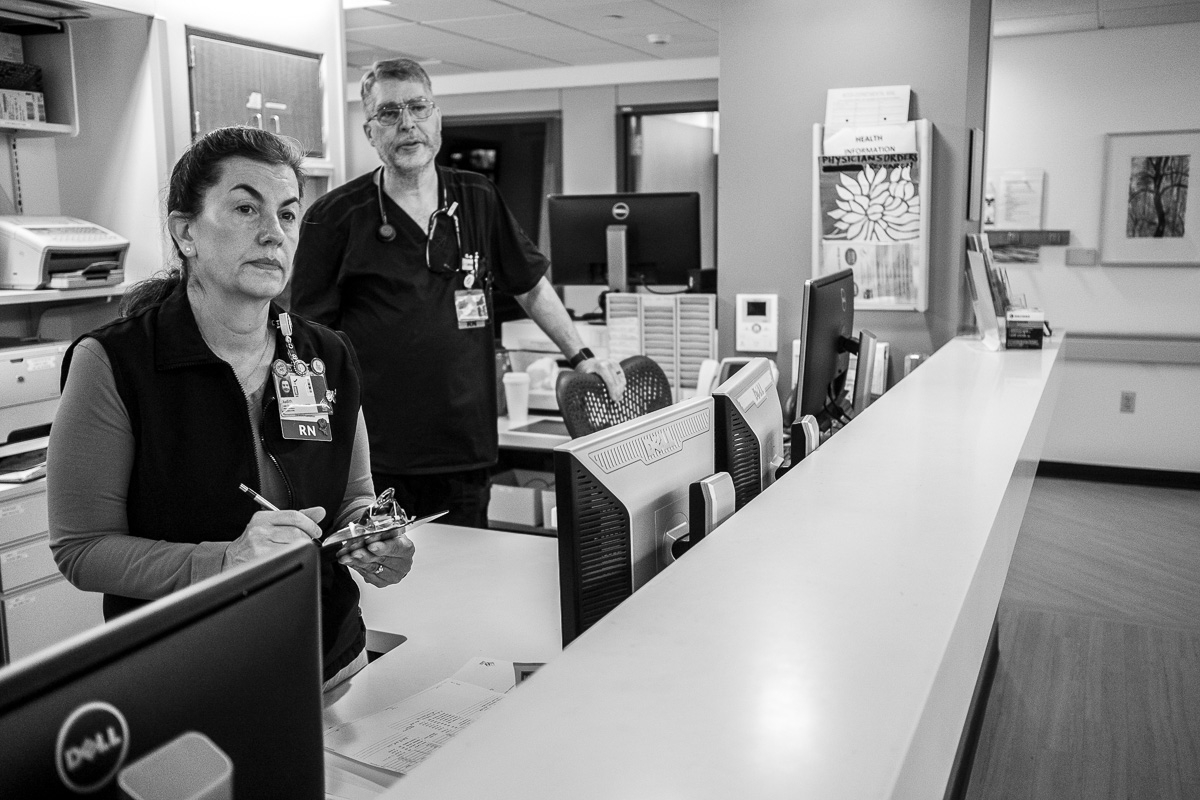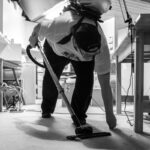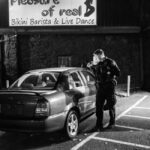“I have been on night shift before. It gets harder as you age.”
The following photo essay is part of a weekly series, ‘Working the night shift.’ OB photographer Jason E Kaplan follows the people who keep the state’s largest city running through the night.
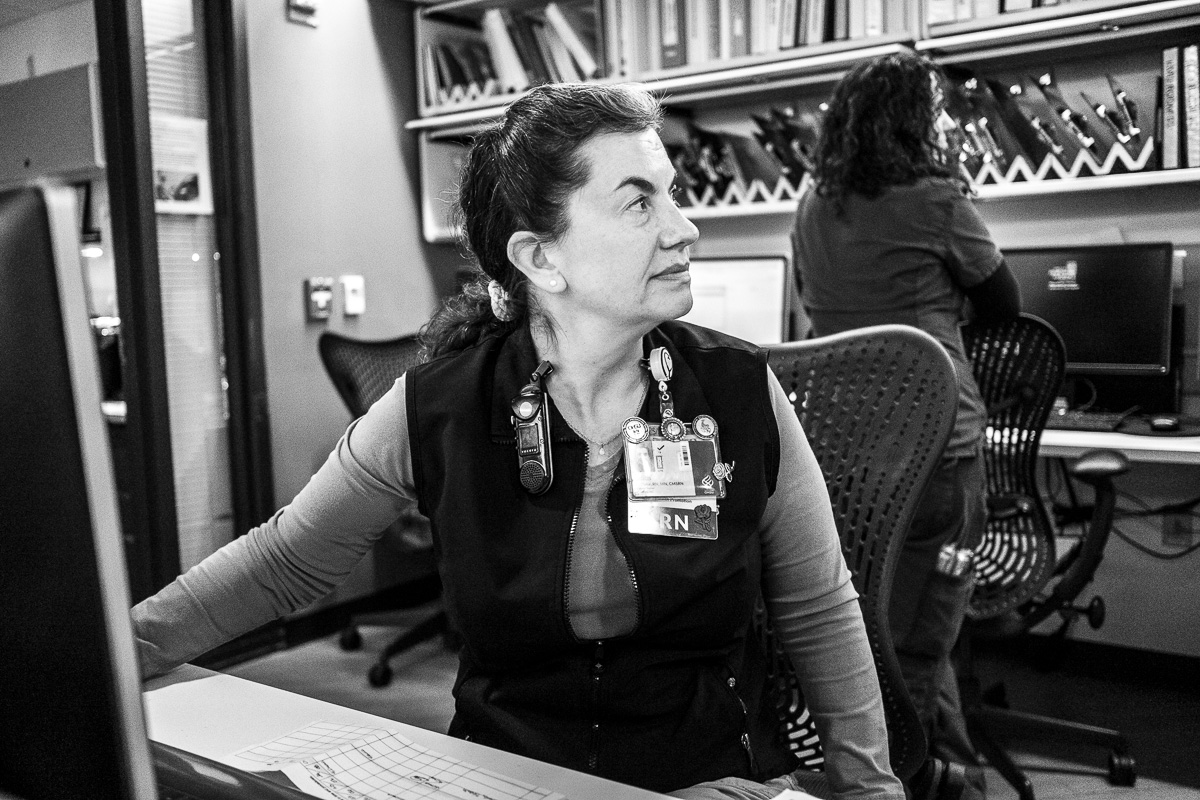
Judith van Dyke went to nursing school at OHSU and has been working at the hospital for more than 35 years, though she’s only been on the night shift for the past 12 months. She used to work eight-hour swing shifts, but now OHSU is converting most of their nursing staff to 12-hour work periods.
“I have a bias for eight-hour shifts,” van Dyke says, explaining that research has shown that longer shifts make medical accidents more likely — but staffing twelve-hour shifts requires fewer people.
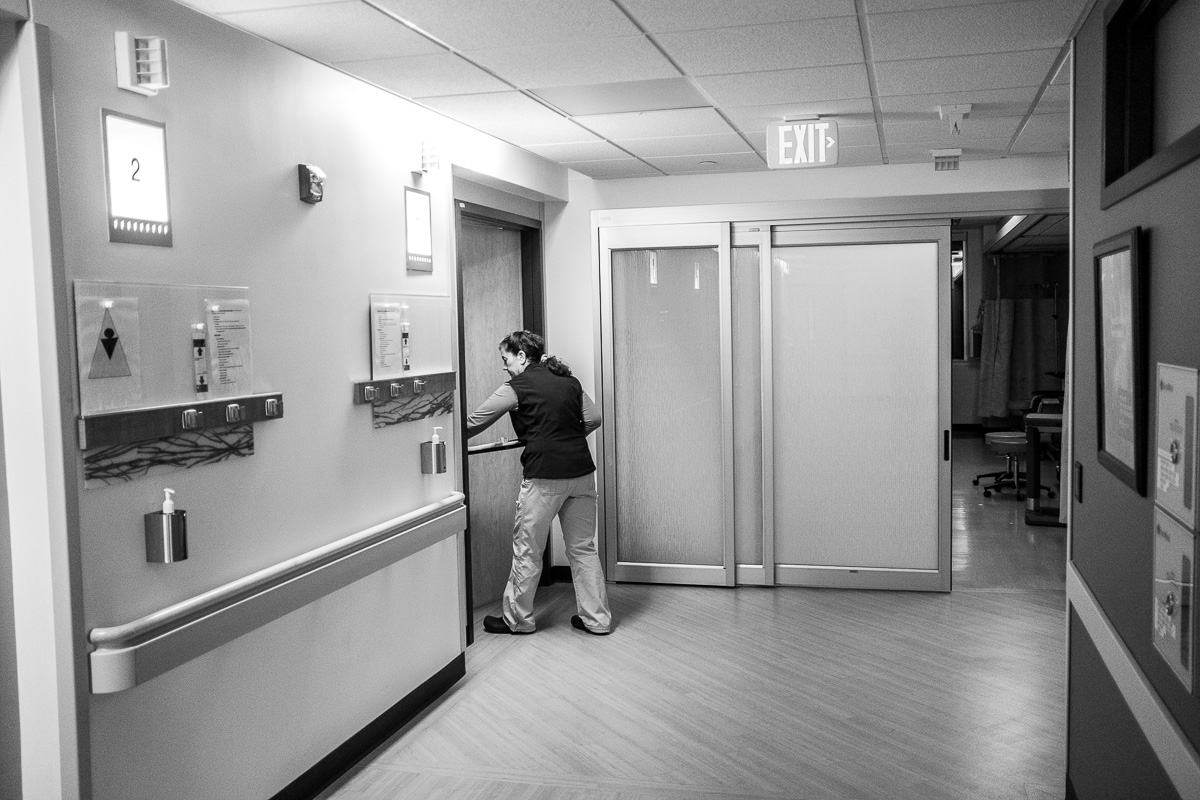
Unlike the emergency department nurse I profiled at St. Vincent’s, the research ward does not have a continuous stream of patients coming and going. This gives the staff more time to get to know the people they are caring for.

The whiteboard keeps track of everyone on the ward, both staff and patients, and tracks who is doing what.
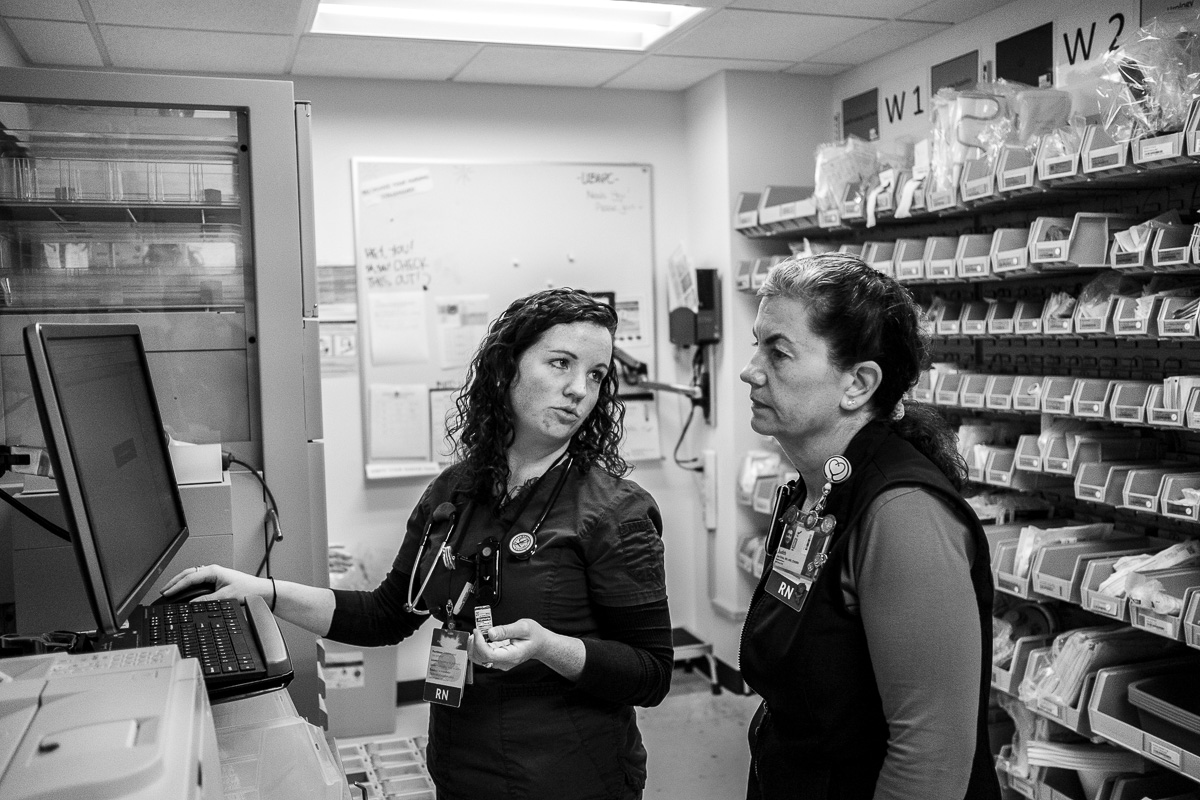
Van Dyke says that like the swing shift she did before, nights are better for her schedule. Because she homeschools her kids, she says she needs to be home during the day.
When does she sleep? “That’s a good question” she laughs.
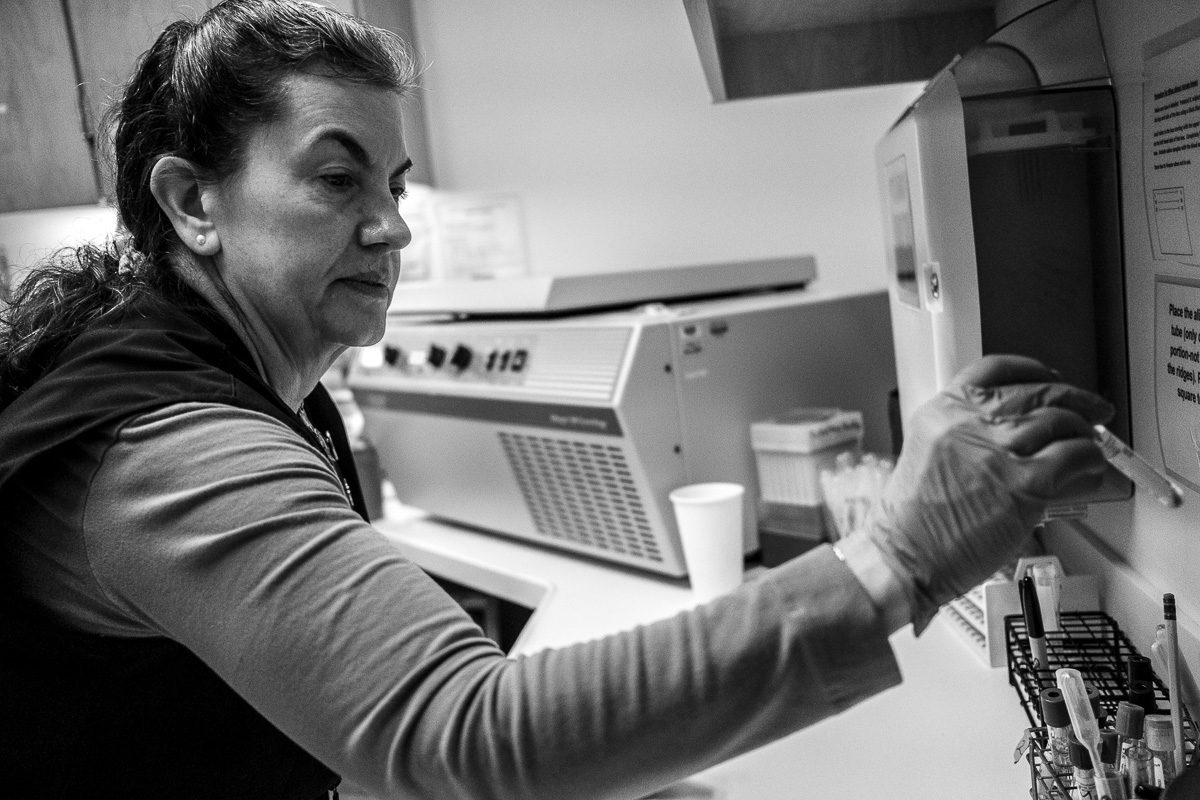
While the patients sleep, van Dyke has time to run labs and do blood counts.
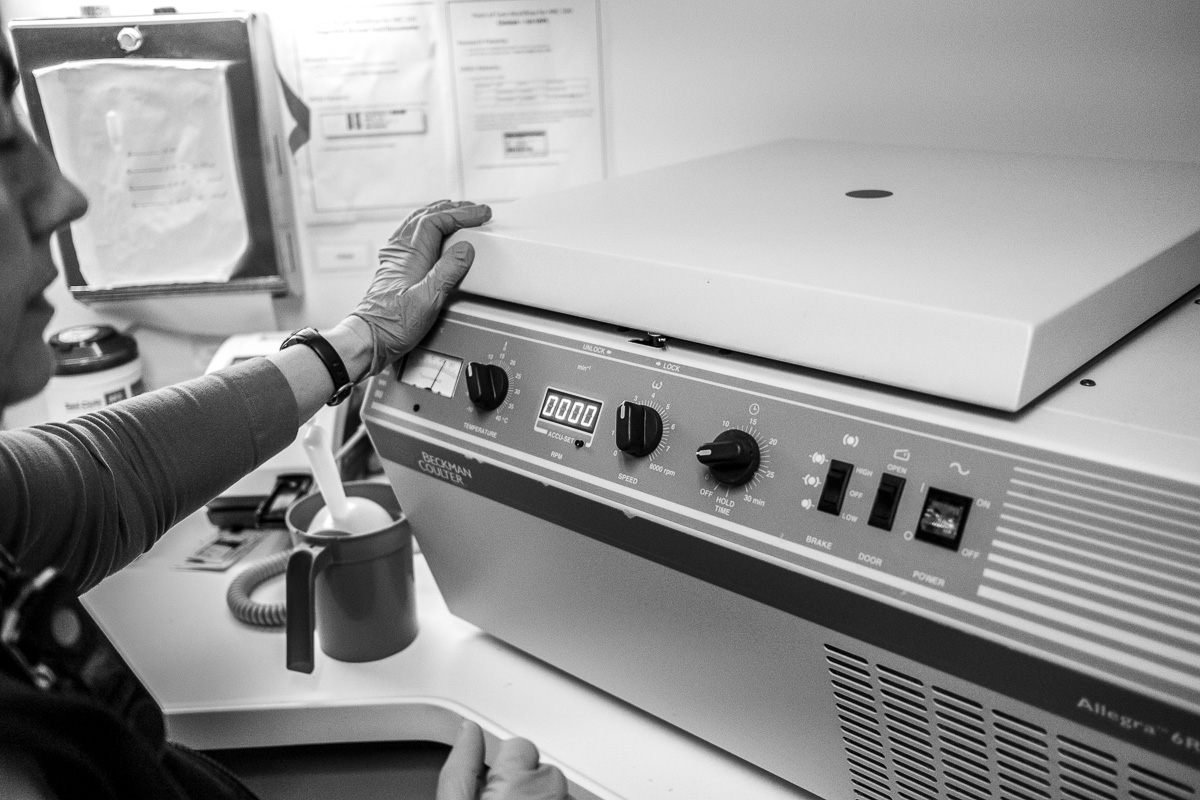
The centrifuge spins the blood out so that you can see how much of each type of cell is present.
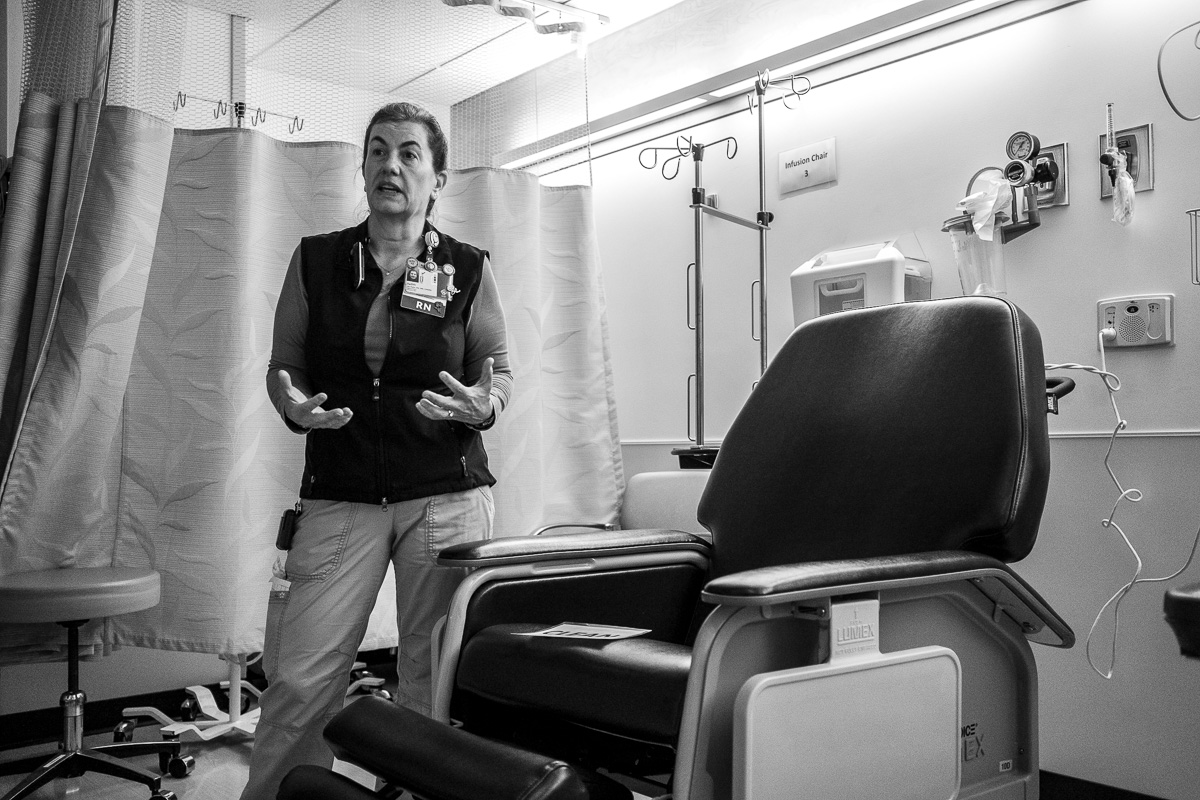
Van Dyke also preps the infusion room for the next day. This is where outpatients come to receive medications intravenously. Van Dyke says that working nights isn’t always easy. “I’ve been on night shift before. It gets harder as you age.”
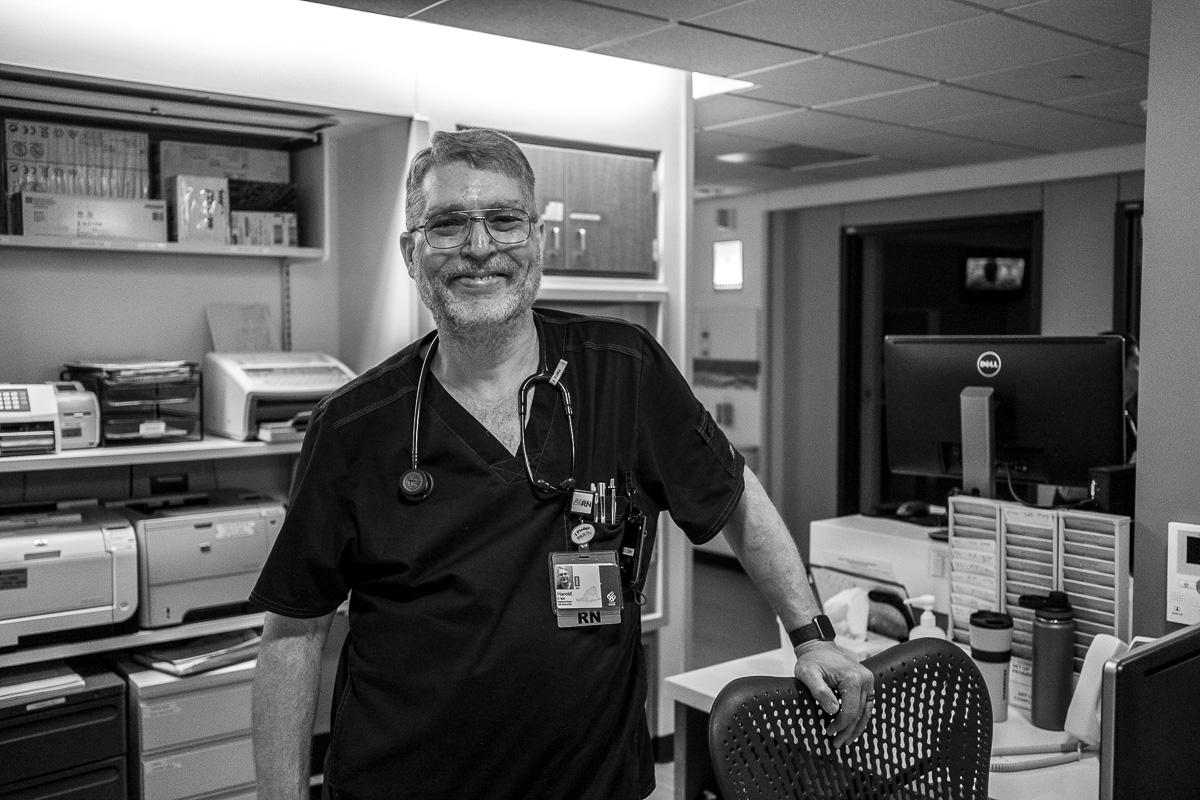
Harold Fleshman was van Dyke’s nursing school classmate. He’s been working at OHSU for 25 years, between seven and eight of those on night shift. “Things are a little slower and less stressful at night. I’m able to do more to make people feel at home,” he says.
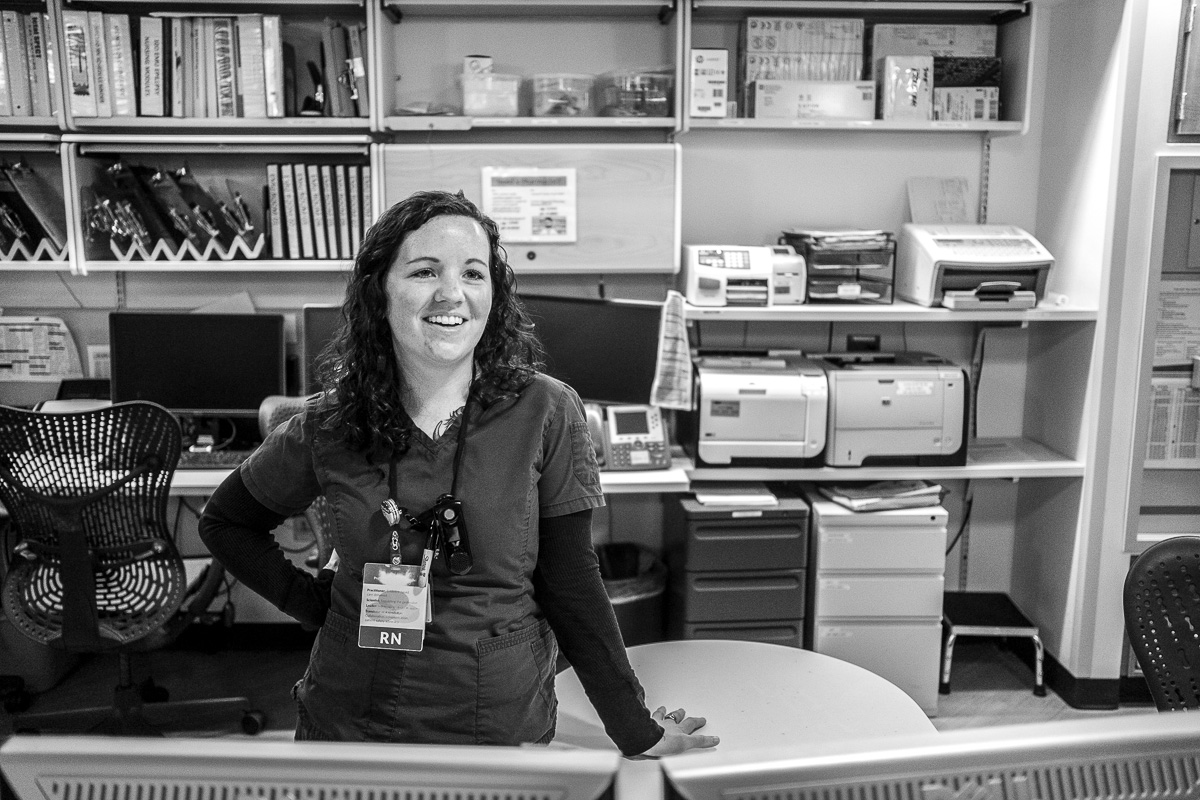
Another coworker, Kendra Petrie, says that night shift “changes everything” about her life. She says that it had made her “significantly closer to her coworkers” than when on other shifts. She’s been a nurse for four years but has only been working nights for eight months.
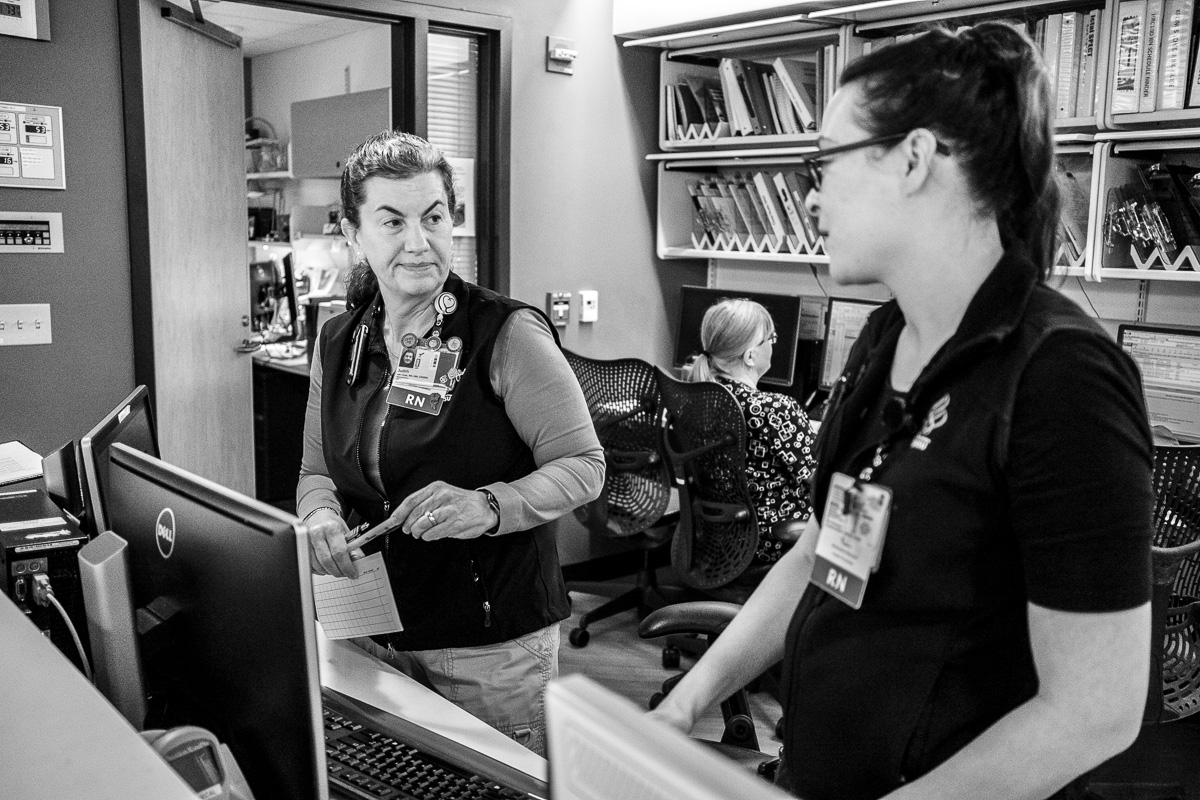
During van Dyke’s long career she has received many accolades, including 2009 OHSU Nurse of the Year award and March of Dimes Nurse of the Year 2016. But she says human connection is what’s most important to her “The most meaningful reward is a ‘thank you’ from a patient or family.”
To subscribe to Oregon Business, click here.

